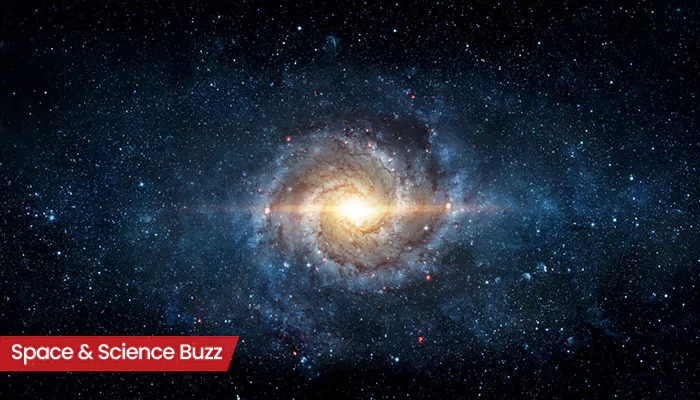Unraveling the Universe's Mysteries: From Galaxies to Clusters. Delve into the cosmic architecture, cosmic web, and dark matter. Read on!
For centuries, humanity has gazed at the night sky, wondering about
the grand design of the cosmos. Modern astronomy has peeled back layers of mystery, revealing a universe structured on a scale almost impossible to fathom.

From the swirling islands of galaxies to the immense congregations of galaxy clusters, understanding this cosmic architecture is a key pursuit in astrophysics. Let’s explore this fascinating topic in simple terms.
Galaxies: cities of stars and matter studied for evolution and uniqueness
The basic building blocks of the universe are galaxies. Think of them as colossal cities of stars, gas, dust, and dark matter, all held together by gravity. Our own galaxy, the Milky Way, is home to our solar system and billions of other stars.

Galaxies come in various shapes and sizes: spiral galaxies like the Milky Way, elliptical galaxies that are more rounded, and irregular galaxies with no defined shape. Astronomers study galaxies to understand how stars form, how elements are created, and how the universe evolves over time.
Each galaxy is a unique and dynamic system, influencing its neighbours.
Galaxies form clusters due to gravitational pull of dark matter
Galaxies are not scattered randomly in space. They tend to clump together, forming groups and clusters. A group is a smaller collection of galaxies, typically containing a few dozen members.

A cluster, on the other hand, is a much larger and denser structure, holding hundreds or even thousands of galaxies. These galaxies are bound together by the immense gravitational pull of dark matter, a mysterious substance that makes up most of the matter in the universe.
Clusters are the largest known gravitationally bound structures in the cosmos, acting as cosmic hubs that attract and influence the surrounding galaxies.
Superclusters form vast cosmic web in universe
Clusters themselves are not uniformly distributed. They form even larger structures called superclusters. Imagine these as vast walls or filaments of galaxies and clusters, separated by huge voids of empty space.

These voids are nearly devoid of galaxies, making the superclusters stand out even more. The arrangement of superclusters and voids creates a cosmic web, resembling a sponge-like structure that spans billions of light-years.
This cosmic web is believed to have formed early in the universe's history, driven by the gravitational forces of dark matter.
Universe structure studied with telescopes and simulations
Understanding the structure of the universe requires powerful telescopes and advanced computer simulations. Telescopes, both ground-based and space-based, allow astronomers to observe galaxies and clusters at different wavelengths of light, revealing their composition, distance, and motion.
Computer simulations, on the other hand, help scientists model the formation and evolution of cosmic structures, testing our understanding of gravity, dark matter, and other fundamental forces. These simulations are crucial for connecting theoretical predictions with observational data.
Mapping cosmic structures reveals universe's secrets and mysteries
The study of the universe's structure helps us understand its origin and evolution.

By mapping the distribution of galaxies and clusters, astronomers can trace the expansion history of the universe and learn about the properties of dark energy, a mysterious force that is causing the universe to expand at an accelerating rate.
Understanding the cosmic web also provides clues about the formation of galaxies and the distribution of dark matter, shedding light on some of the biggest mysteries in cosmology. This research helps refine our understanding of the universe.
Exploring cosmos with new telescopes for deeper understanding
Ongoing and future missions promise to further revolutionize our understanding of the cosmos. New telescopes like the James Webb Space Telescope are providing unprecedented views of galaxies at high redshifts, allowing astronomers to observe the universe as it looked billions of years ago.

Large-scale surveys like the Euclid mission are mapping the distribution of galaxies over vast areas of the sky, providing a detailed picture of the cosmic web. These efforts will undoubtedly lead to new discoveries and a deeper appreciation of the universe's grand design and its history.
Exploration of space shapes our understanding of existence
This exploration continues to shape our view of our place in the vastness of space. Every new observation and every refined theory brings us closer to answering fundamental questions about existence.













